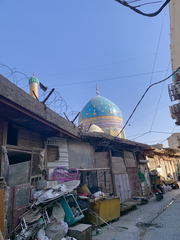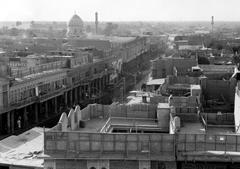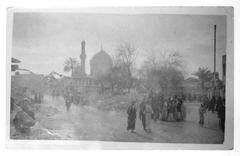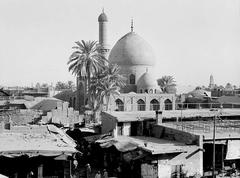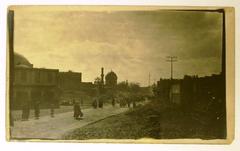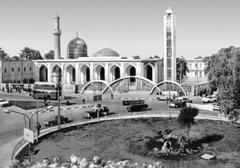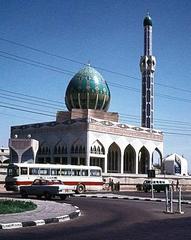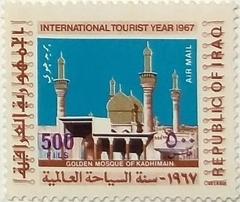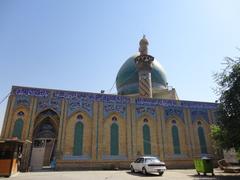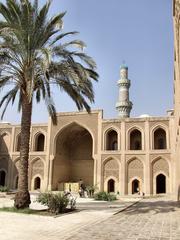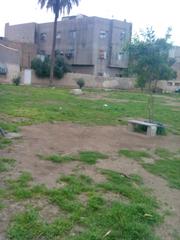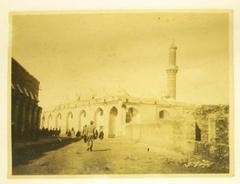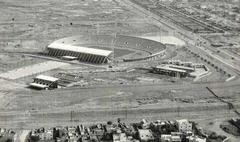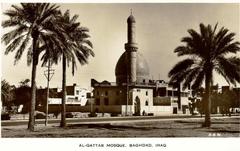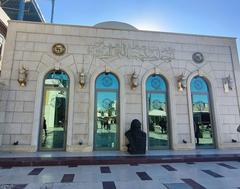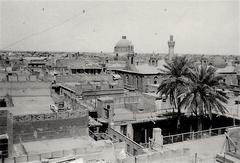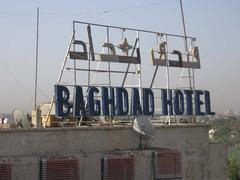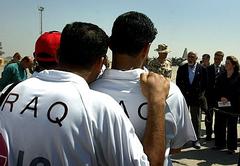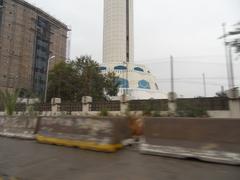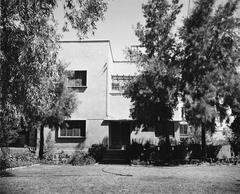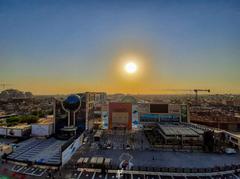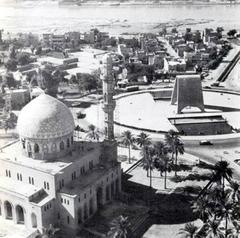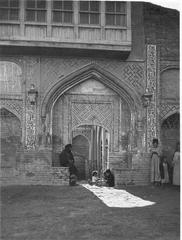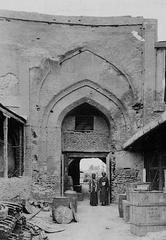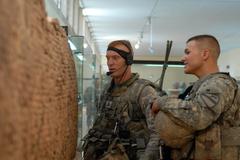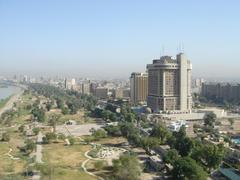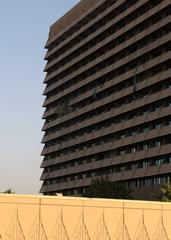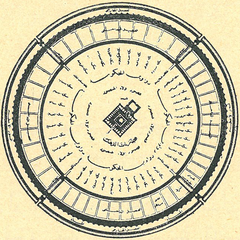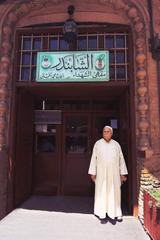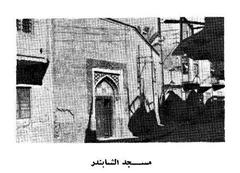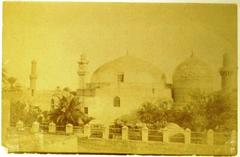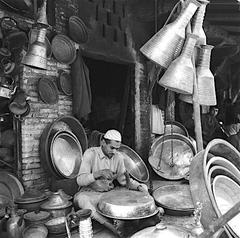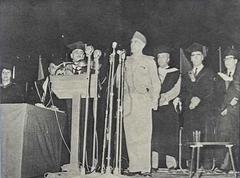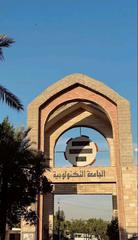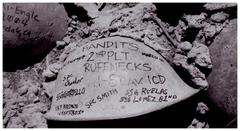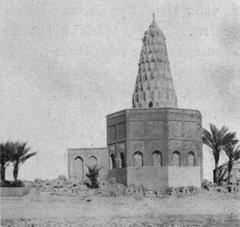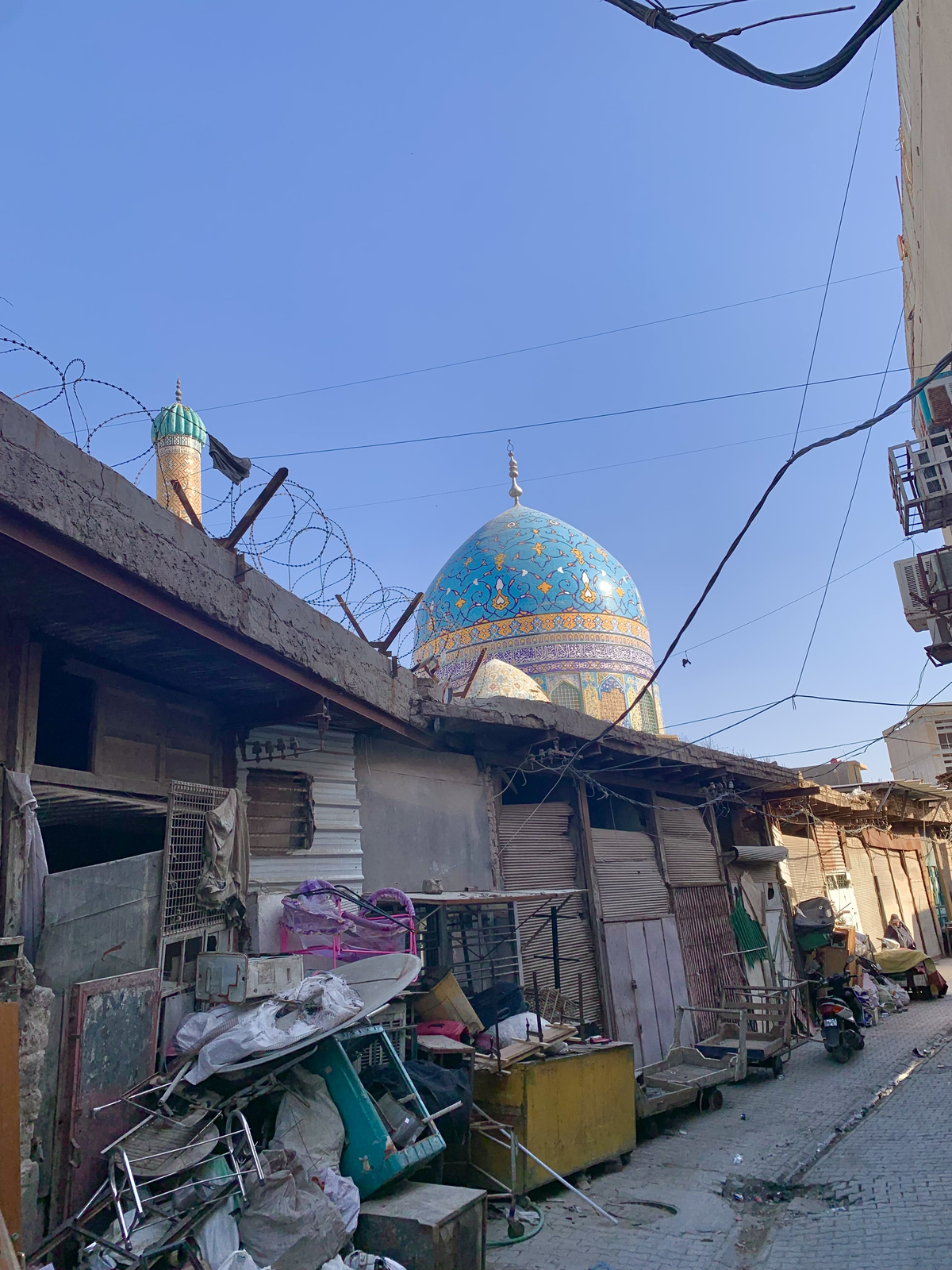
Mosque of Ahmadiyah: Visiting Hours, Tickets, and Historical Guide in Baghdad, Iraq
Date: 14/06/2025
Introduction
The Mosque of Ahmadiyah (Jami’ al-Ahmadiyya), also known as Al-Imam al-Azam Mosque, is a remarkable testament to Baghdad’s rich Islamic heritage and Ottoman architectural legacy. Established in 1780 under the patronage of Ahmad Pasha al-Katkhadha during the Mamluk-Ottoman era, this mosque has served as a religious, educational, and social hub for over two centuries. Located in the vibrant Maydan Square within the al-Rusafah district, the mosque continues to play a vital role in the city’s spiritual and cultural life (Islamic Architectural Heritage).
This comprehensive guide provides essential information for visitors—including history, architectural highlights, visiting hours, ticketing policies, etiquette, and practical travel tips—ensuring a respectful and enriching experience at one of Baghdad’s treasured historical sites.
Table of Contents
- Historical Background and Significance
- Architectural Features and Artistic Elements
- Cultural and Community Role
- Visiting Hours, Tickets, and Practical Information
- Visitor Etiquette and Guidelines
- Accessibility, Amenities, and Safety
- Nearby Attractions
- Frequently Asked Questions (FAQ)
- Summary and Recommendations
- Sources and Further Reading
Historical Background and Significance
Origins and Ottoman Context
Commissioned in 1780 by Ahmad Pasha al-Katkhadha—vice to the Mamluk ruler Sulayman Pasha the Great—the Mosque of Ahmadiyah reflects the efforts of the Mamluk elite to assert authority and religious devotion through monumental architecture. Built during a period when Baghdad was governed by locally autonomous Mamluks under Ottoman sovereignty, the mosque’s strategic placement in Maydan Square made it a focal point for community life (Islamic Architectural Heritage).
The mosque’s continued prominence illustrates the role of religious institutions in shaping Baghdad’s urban and cultural landscape through the centuries, from the Abbasid era through Ottoman rule (Encyclopedia.com).
Architectural Features and Artistic Elements
Exterior and Layout
The mosque exemplifies Ottoman architectural style with elements such as a rectangular prayer hall, a central courtyard (sahn), arcaded walkways, and a prominent minaret. The façade is adorned with intricate blue and turquoise tilework, echoing Mesopotamian and Abbasid influences (indoislamic.org; e-a-a.com).
Domes and Minarets
A central dome, clad in glazed tiles and encircled with Qur’anic calligraphy, crowns the main prayer hall, enhancing acoustics for prayers and sermons. The minaret—added by Ahmad Pasha’s brother, Abdullah Buk—features Ottoman and Abbasid design motifs and serves as a visual landmark. The adjacent madrasa further strengthens the mosque’s educational legacy.
Interior Elements
- Prayer Hall: Spacious, column-free, with plush carpets and marble panels.
- Mihrab and Minbar: The mihrab (prayer niche) is richly decorated, while the minbar (pulpit) features intricate carvings and regional craftsmanship (indroyc.com).
- Lighting: Natural light filters through stained glass windows; ornate chandeliers illuminate the space.
- Calligraphy and Tilework: Renowned calligrapher Sufyan al-Wahbi adorned the mosque’s walls with Qur’anic inscriptions in 1850, adding both spiritual and artistic value.
Decorative Arts
The mosque’s interior and exterior are adorned with glazed ceramic tiles, Arabic calligraphy, stucco, and carved stone panels. The artistry harmoniously blends Ottoman, Abbasid, and local traditions.
Cultural and Community Role
Religious and Social Functions
Beyond daily prayers, the Mosque of Ahmadiyah hosts Qur’an recitation, religious classes, and community gatherings. The addition of the madrasa underscores its educational mission, while its continued use for festivals like Ramadan and Eid maintains its relevance as a living monument (Halal Times; TravelSetu).
Urban Significance
The mosque’s placement in Maydan Square reflects Ottoman urban planning, where religious and civic life were intertwined. Its proximity to other landmarks enriches Baghdad’s cultural itinerary (Wayfarer Footprints).
Visiting Hours, Tickets, and Practical Information
- Visiting Hours: Generally open from 8:00 AM to 6:00 PM daily, including during major Islamic holidays (hours may vary—check locally).
- Tickets/Entrance: Entry is free; donations are welcome to support upkeep.
- Guided Tours: Available through local cultural organizations or tour operators; advance booking is recommended for in-depth experiences.
- Best Visiting Times: Early mornings or between prayer sessions offer quieter atmospheres for exploration.
Note: The mosque may close briefly during prayer times or for special events. Non-Muslim visitors are welcome outside prayer times.
Visitor Etiquette and Guidelines
- Dress Code: Modest attire is strictly required. Men should wear long trousers and sleeved shirts; women must cover arms, legs, and hair with a headscarf. Scarves are often available at the entrance.
- Shoes: Remove shoes before entering prayer areas; racks and plastic bags are provided.
- Behavior: Maintain a quiet and respectful demeanor. Avoid physical contact with the opposite gender unless initiated. Refrain from disruptive actions.
- Photography: Allowed in the courtyard and exterior; seek permission before photographing interiors, worshippers, or religious ceremonies, especially during prayers.
Accessibility, Amenities, and Safety
- Facilities: Basic amenities include ablution (wudu) areas for men and women, prayer spaces, and shoe storage. There are no cafes, tourist shops, or public restrooms on-site.
- Accessibility: Due to the historic layout, wheelchair access is limited; companions are recommended for those needing assistance.
- Transport: The mosque is centrally located in al-Rusafah, accessible by taxi, bus, or on foot from major city areas.
- Security: Remain informed of local advisories, avoid visiting after dark, and coordinate with local guides if possible. Carry identification and permits as security checks are common (travellikeaboss.org).
- Language: Arabic is predominant; basic greetings and hiring a local guide can enhance your visit.
Nearby Attractions
- Al-Khulafa Mosque
- Abbasid Palace Ruins
- Al-Mustansiriya University
- National Museum of Iraq
- Al-Rusafa Markets and Al-Mutanabbi Street
Exploring these sites alongside the Mosque of Ahmadiyah will provide a richer understanding of Baghdad’s diverse cultural and architectural history.
Frequently Asked Questions (FAQ)
Q: What are the Mosque of Ahmadiyah visiting hours?
A: Typically 8:00 AM to 6:00 PM, with brief closures during prayer times and holidays.
Q: Is there an entry fee or ticket required?
A: No, entry is free; donations are appreciated.
Q: Are non-Muslims allowed to visit?
A: Yes, outside of prayer times, with adherence to dress code and etiquette.
Q: Are guided tours available?
A: Yes, through local operators or by prior arrangement.
Q: Is photography permitted?
A: Yes, in exterior and courtyard areas; always ask before photographing interiors or people.
Q: How accessible is the mosque for those with disabilities?
A: Accessibility is limited due to historic architecture; assistance is recommended.
Summary and Recommendations
The Mosque of Ahmadiyah stands as a living monument to Baghdad’s Ottoman and Islamic heritage, merging art, spirituality, and community engagement. Its preserved Ottoman features, educational legacy, and ongoing religious functions make it a must-visit for those interested in Islamic architecture and Iraqi history. Remember to:
- Plan your visit around prayer times for the most immersive experience.
- Respect dress codes and local customs.
- Explore nearby historical sites for a comprehensive cultural tour.
- Consider using travel apps like Audiala for up-to-date information on events and guided tours.
Sources and Further Reading
- Islamic Architectural Heritage
- Encyclopedia.com
- IndoIslamic.org
- E-A-A.com
- TravelSetu
- Halal Times
- Wayfarer Footprints
- Travellikeaboss.org
- indroyc.com
For further travel tips, guided tours, and detailed articles on Baghdad’s historical sites, download the Audiala app, follow us on social media, and explore our related posts. Let the Mosque of Ahmadiyah be the gateway to your journey into the heart of Iraq’s capital and its enduring Islamic legacy.
